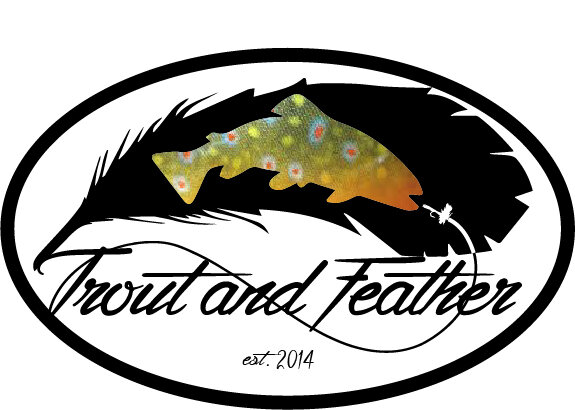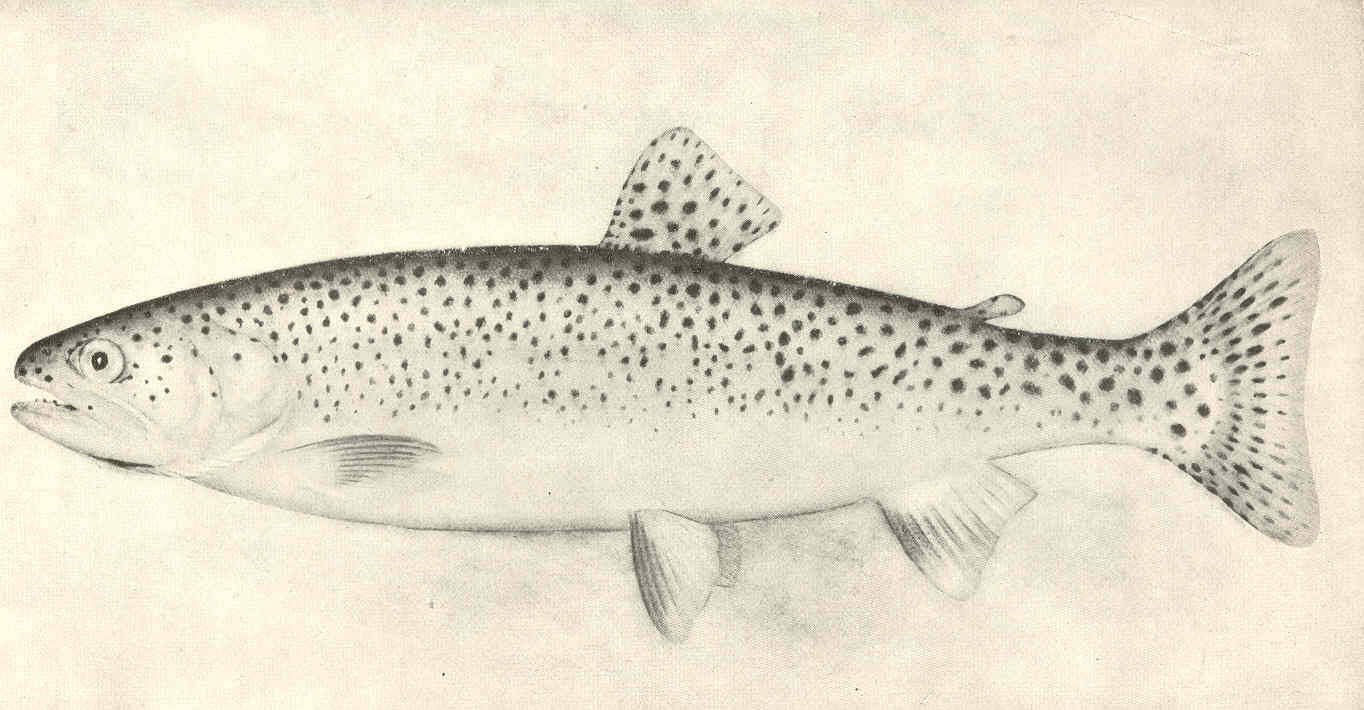Courtesy of the US Forest Service collection, take a good look at this trout. What do you observe?
“On my return I found the party at camp; they had butchered the buffalo and brought in some more meat as I had directed. Goodrich had caught half a dozen very fine trout and a number of both species of the white fish. These trout are from sixteen to twenty three inches in length, precisely resemble our mountain or speckled trout in form and the position of their fins, but the specks on these are of a deep black instead of the red or gold color of those common to the U.' States. These are furnished long sharp teeth on the pallet and tongue and have generally a small dash of red on each side behind the front ventral fins; the flesh is of a pale yellowish red, or when in good order, of a rose red.” Meriwether Lewis, 13 June, 1805
While other explorers and generations of native peoples had encountered cutthroat trout, Lewis and Clark’s notes from their expedition were profound enough that later taxonomists would give them the name Salmo clarkii. In the excerpt from their journals above, pertinent to anglers is Lewis’ contrast of these new trout to “those common to the U.’ States.” Even a cursory observation demonstrated that cutthroats differed from the well-known brook trout.
---
At the point when you acknowledge that you are catching a particular kind of fish, as opposed to simply “a fish,” you’re engaging in discovery. Even without any measuring devices or a key in the vein of Linnaeus, you can make simple observations that note what you’ve caught.
This beautiful brook trout, caught and released by Heather Cammisa, deserves those few extra seconds of observations.
Is it a rainbow, brown, or brook trout?
Are the spots concentrated or sparse; large or small?
Is this a westslope or greenback cutthroat?
Reasons range from base curiosity to the necessity of conforming with regulations; species ticking to conservation efforts.
Each and every one of these purposes is valid. But the last in the list is vital. There have been countless ecological missteps taken by those attempting to protect fish because of errors in identification. Some were understandable, given the technology at the time. Others, including those of the last few generations, really stem from relying on hasty or superficial investigation. Anglers, who are not only the beneficiaries of conservation efforts but also some of the boots-on-the-ground movers, should be versed enough to at least know how to observe.
To be clear: taking the time to observe specific morphological markers in the fish you catch probably won’t translate into catching more or bigger fish. However, the kind of scrutiny that analyzes spot patterns, fin size, and flank coloration is akin to the constant enquiry that takes in the variables that lead to catching more or bigger fish. Another way of looking at it is that paying attention to little things always yields more.
Dr. Robert Behnke’s book, Trout and Salmon of North America, shares his over 50 years of researching trout. Combines with over 100 illustrations and detailed maps, this book is already considered a classic. Learn more: HERE
A great starting point for those interested in the big picture of salmonid species, populations, and identification is the work of the late Dr. Robert Behnke. Dr. Behnke was the world’s leading expert on all things trout and char, and has left an phenomenal legacy of practical research that is still relevant. His popular-level book, Trout and Salmon of North America, is as educational as it is beautiful. Flipping through the pages of this sizeable work will get you on the right path as you consider the subtle differences between the fish that swim where you live or fish.
---
Fly fishers don’t need to blaze new trails and catalogue new species to do the valuable work needed to understand the wide world of trout, char, and salmon. A little observation will illuminate the wonder of what swims in our lakes, rivers, and streams. A little application of that observation can add something to fishing, to conservation, and to the joy of nature.
---
Written by: Matthew Lourdeau of “Casting Across”



